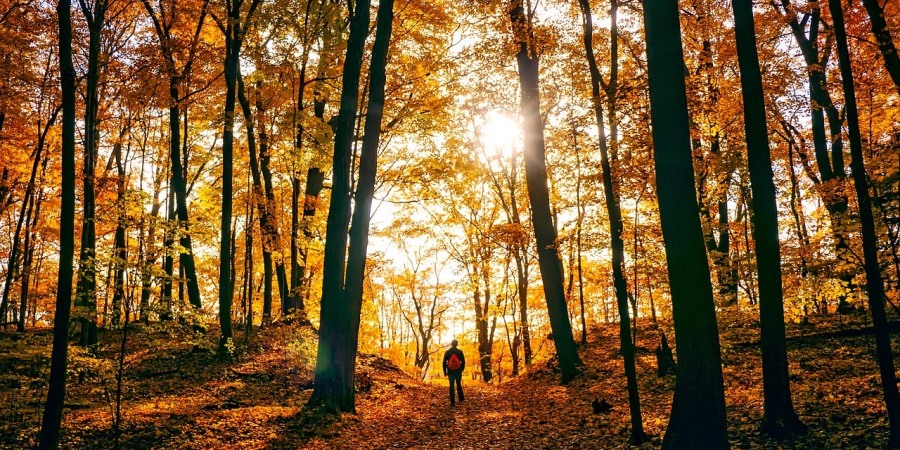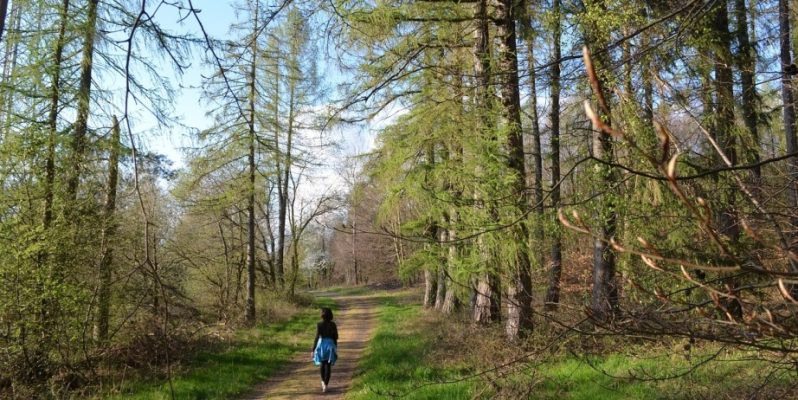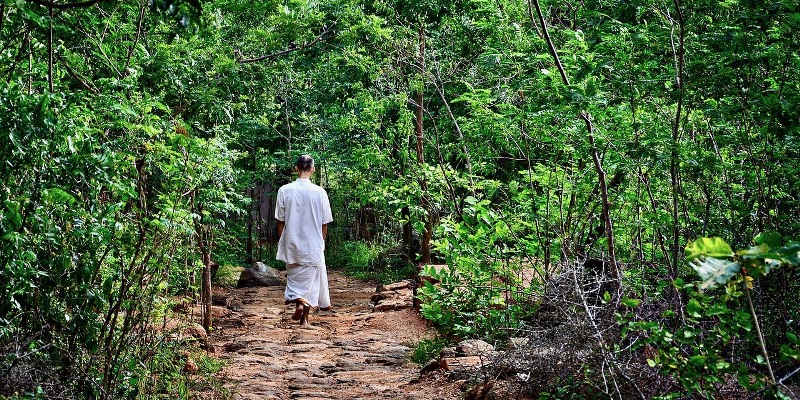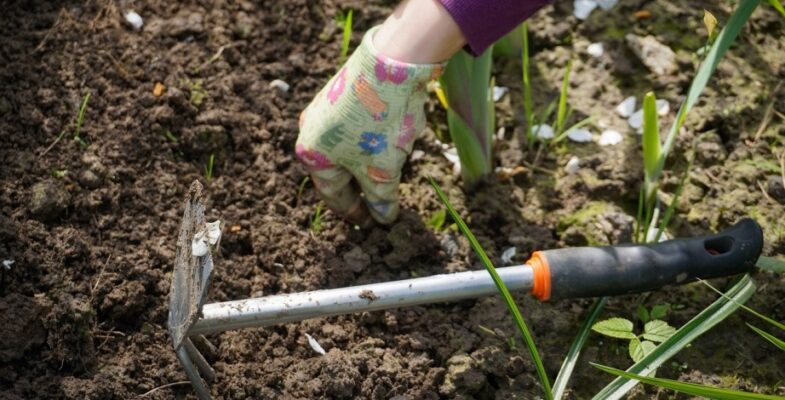
The idea that spending time in Nature has health benefits for people is not new. Nevertheless, the practice got quite a boost in the early 1980s when the Japanese government (Japanese Ministry of Agriculture, Forestry, and Fisheries) created the term Shinrin-yoku for the state-backed activity of Forest Bathing, which is considered a kind of Nature Therapy or Ecotherapy.
The term Shinrin-yoku consists of the combination of the two Japanese words Shinrin, which means “forest,” and Yoku, which means “bath.” As such, the term can be translated as “forest bath.” One of the ideas of the Japanese government behind Shinrin-yoku was to propose an anti-dote for an overly technological world, an activity that counterbalances the negative, isolating and stressful environment of massive city life. Moreover, Japan actively invests in forest preservation, while additionally creating pockets of greens across the country for people to have easy access to engage in Shinrin-yoku.

Mind that Forest Bathing doesn’t mean that one needs to take an actual bath though; the “bathing” is done in the forest itself, in Nature. The term refers to an immersion in the atmosphere of the forest, that is, “taking in the forest atmosphere,” or “absorbing the forest atmosphere.” Nonetheless, if one passes a creek, lake, or pond, one might as well take an actual bath, of course.
It’s an old thought that “green” provides relaxation, reduces blood pressure, stress, anxiety and depression, improves the quality of sleep, restores our mood, gives us energy and vitality, connects us intimately with our planet, and as a whole improves our general sense of well-being. It’s not for nothing that many cities have created parks and planted trees, and often give significant attention to having “some Nature” around us.
Additional research done over the years shows that, apart from the innate benefits of Forest Bathing, such as stress relief and relaxation, the activity also seems to stimulate and improve our overall immune system function, our cardiovascular system, and our respiratory system. Of course, in the end, Forest Bathing is likewise a kind of light to moderate physical exercise with its own health benefits.
A forest has many elements, which include sounds (of animals and plants or trees moved by the wind), scents and aromas making it a kind of natural Aromatherapy, visual effects animated through light-play, forms (which can be touched), freshness and clean air, and those combined simply make us feel good. Yet, Forest Bathing is not meant to be tough physical exercise, trekking or rigorous hiking, although those activities may be included. It’s rather connecting with Nature, becoming “one” with “our inner Nature.”
In fact, Forest Bathing is about walking aimlessly, silently (without speaking to others), and slowly in a natural environment that suits us well to take in or “absorb” the healing benefits. The environment doesn’t need to be a forest per se; it can also be a trail, a beach, a path near a lake, or any natural environment. During “the bath” it’s important not to use electronic equipment, such as smartphones or photo cameras; the idea is to have a mindful, meditative experience, “living” the forest in full awareness and in the moment.

Nevertheless, people often combine Shinrin-yoku with other activities that harmonize with it, such as doing Yoga, having a picnic, doing Tai Chi, meditation, plant and animal observation, or breathing exercises, to give some examples.
One also finds offerings of special Forest Therapy programs or Ecotherapy excursions, which include guided walks, sometimes meticulously planned in order to meet the needs of those who take the Forest Bath. That is, one first undergoes a general health assessment consisting of a physical and psychological health check to create the best “walking plan.” This reeks somewhat of commercialization of Shinrin-yoku, yet, we also need to realize that many people have lost all contact with Nature — feel afraid or intimidated by it — and need guidance to take the step of entering a natural environment.
To optimally profit from Forest Bathing it should preferably be done daily, at least thirty minutes, mindfully alone or with a partner. That’s certainly not possible for all of us; it depends much on where we live or work. Yet, if we realize the importance for our health of regularly disconnecting from an overly regulated and overly artificial world, we may give it an effort to try to live near a suitable location and/or have the type of job that gives us the opportunity to regularly indulge in Forest Bathing.















